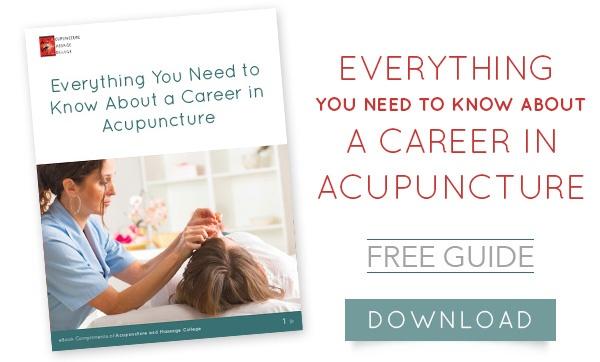Westerners have known about acupuncture since the 1600s and Americans have been practicing acupuncture since the 1800s.
However, it wasn't until 1971, when James Reston published his now-famous account of acupuncture, that it became part of the American conciseness.
Since then, acupuncturists have had to deal many unique challenges related to their profession.
During the 1970s, the US government started to regulate acupuncture and many states passed stringent acupuncture laws that limited legal practice of acupuncture as a medical profession.
To address these issues, during the 1980s, acupuncturists established professional organizations that aimed to ensure that acupuncture training and education was adequate and safe enough to treat the general public. As a result of these efforts, acupuncture is now nationally regulated by the National Certification Commission for Acupuncture and Oriental Medicine (NCCAOM) and licensed by 44 states (and Washington, DC).
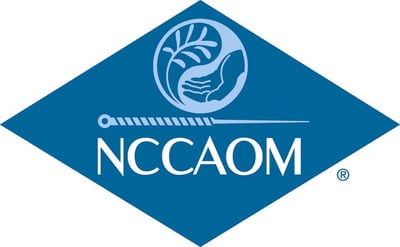
During the 1990s, the US public’s use of complementary and alternative medicine (CAM), including acupuncture, increased substantially. This was seen as an existential threat by the mainstream medical establishment, and many of its members began to publicly denounced CAM as a pseudoscience and fringe practices.
Acupuncturists responded to these claims by conducting and promoting research that evaluated acupuncture from an evidence-based prospective. Some of this research was funded by the US government via the Office of Alternative Medicine (now known as the National Center for Complementary and Alternative Medicine).
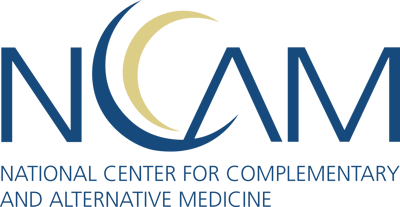
Eventually, acupuncture got a thumbs-up from many mainstream medical establishments, including the National Institute of Health (NIH). Additionally, the establishment of integrative health centers, aided in reinforcing acupuncture’s legitimacy as a medical practice.
Acupuncture During the Early 2000s
By the early 2000s, acupuncture had the same professional characteristics as other health care fields: an active professional community, recognized-accreditations, scientific legitimacy, and more importantly, an ever-growing number of patients.
For example, according to a 2002 survey, approximately 2.13 million Americans had recently used acupuncture. By 2007, an estimated 3.1 million U.S. adults had used acupuncture within the previous year, marking a 32% increase in acupuncture use in just 5 years!
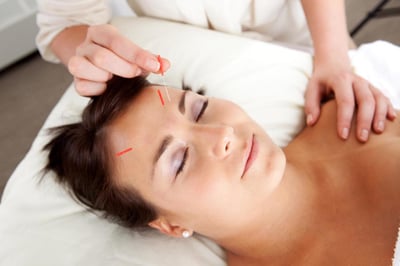
As the demand for acupuncture grew, so did the total number of acupuncture practitioners. In 1998, there were a reported total of 10,623 licensed acupuncturists. Just 2 years later, that total swelled to 14, 228. By 2004, there were 22, 2671 practicing acupuncturists in the US, meaning that the profession more than doubled in just 6-years!
By now it was apparent that professional acupuncture measurable contribution to the United States economy. This first caught the eye of the Bureau of Labor Statistics (BLS) in 2002, when they published a job profile for acupuncturists in their summer quarterly magazine. However, beyond this, the BLS did not (and to this day, does not) give a full-profile of acupuncture career statistics.
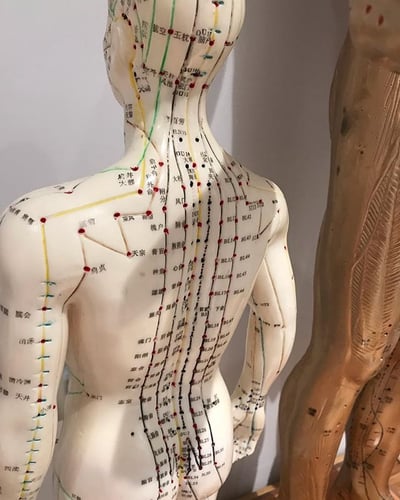
Getting the BLS to track a full-profile of acupuncture career statistics, such as wages and state by state employment data, has been a fight that NCCAOM has been waging for over a decade.
In 2008, NCCAOM submitted a proposal to the Bureau of Labor Statistics (BLS) to recognize and track licensed acupuncturists as a profession. In 2009, the Occupational Informational Network (O*NET) started tracking and publishing general information about Acupuncturists. In 2010, the BLS placed Acupuncturists under the Health Diagnosing and Treating Practitioners, All Other broad occupation category, but also issued Acupuncturists their own SOC code, 29-1199.01 - Acupuncturists, which is a huge step in regards to getting recognized as a profession. This is where career information about acupuncturists officially remains in the BLS.

Without the BLS’ support to track full-career information, it leaves no real reliable and unbiased source for acupuncture career statistics.
At best, consumers currently look towards NCCAOM for salary information.
However, their reports aren’t published as frequently as the BLS’s Occupational Handbook, and it does not break down salary or other career information on a state-by-state basis.
As such, getting the BLS to publish a full range of data on licensed acupuncturists would be a great deed for the profession and for the general public.
If you've been enjoying this series on the history of the acupuncture profession so far, then perhaps you should consider becoming one. Acupuncture and Massage College offers an Acupuncture program in Florida that will give you the skills needed to become an Acupuncture Physician. For more information, download our free career guide below!
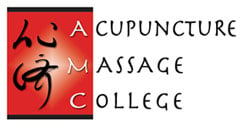
 (305) 595-9500
(305) 595-9500



